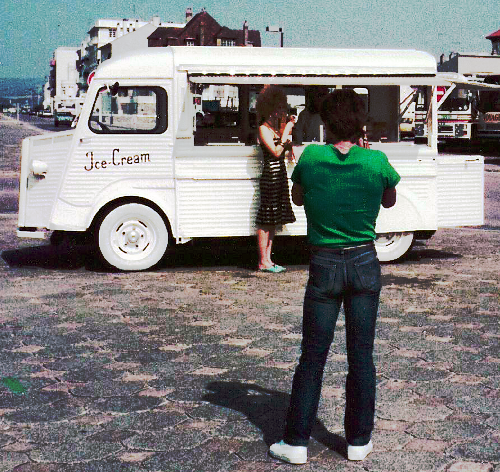Hair normally gets brighter for the spring and summer, and richer for the autumn and winter.
If “cutting hair is the most basic form of cosmetic surgery” (quote Ricci Burns c. 1974), then “colouring hair is the most basic form of make-up” (quote Lester Baldwin c. 1975, now at John Frieda, I think). Getting your hair colour right will give you that wow effect, make you feel gorgeous, take ten years off (esp., if you have grey hair) and most importantly, make you feel more confident about yourself.
There has been a trend for as long as I’ve been around in hairdressing that hair colour gets lighter (brighter, blonder) in the spring and summer and darker (warmer, richer) in the autumn and winter. If your hair is looking dull, you can have natural beachcomber effect chunky highlights to brighten your hair or rich copper lowlights and natural blonde highlights for a gleaming gold shimmer to warm you up. Highlights are an alternative and effective way of adding colour.
How to choose the right colour for you
Choosing the correct hair colour starts with looking at your natural hair colour, skin tone and your eyes, not the season. Your hair, skin tone and eyes can be warm or cool. Warm colours are based on reds, browns and yellows. Cool colours are based on blues, greens and pinks. To work out what skin-tone you are hold up a pink (cool), yellow (neutral) and peach fabric swatch to your cheek.
Cool, Neutral and Warm Colours
- Cool hair colours are: blonde, natural brown, black
- Cool skin undertones are: blue, pink (veins on your wrist look bluish)
- Cool eyes are (normally): blue, grey
- Cool clothes: a white trouser suit looks wonderful on you!
- Neutral hair colours are: can be any colour, however, they are neither warm, nor cool!
- Neutral skin undertones are: unspecifiable! pink, olive, yellow
- Neutral eyes are: can be any colour
- Neutral clothes: you can wear any colour clothing
- Warm hair colours are: black, brown, red, auburn, blonde, honey blonde
- Warm skin undertones are: yellow, orange, olive (veins on your wrist look greenish)
- Warm eyes are (normally): brown, green, hazel
- Warm clothes: don’t wear white, wear cream. You would look great in earth tones
Technical
There are three types of hair colouring: permanent, semi-permanent and something in-between.
A permanent hair colour (called a tint) will change the hair’s colour permanently to almost any colour. As the hair grows you will get roots which will need tinting every four – five weeks depending on the colour and how quickly your hair grows.
A semi-permanent colour only coats the hair with a colour and lasts for six – twelve washes, it gradually fades away in a manner that looks natural. Semi-permanent colour is wonderful for adding shine and depth, however, one can’t lighten the hair with a semi-permanent.
The something in-between (I use Wella Colour Touch and L’Oreal Richesse Diacolor) is a cross between a permanent and a semi-permanent hair colour. It works in a similar way to a permanent but fades like a semi-permanent, lasts for eight – twelve washes. It is great for adding condition, vibrant colour tones and the ultimate intense shine.
Don’t forget, highlights and lowlights.
Skin Sensitivity Test
Occasionally people are sensitive to certain ingredients in hair colourants. I will always do a preliminary skin test on clients who are having a hair colour for the first time. If there are any signs of inflammation or irritation, I will not be using that product on your hair. A consultation and skin test will cost £25.
Please read Hair Colour and Cancer then go to Promotions and get yourself a “first time” voucher!

